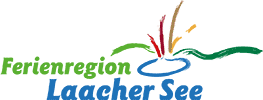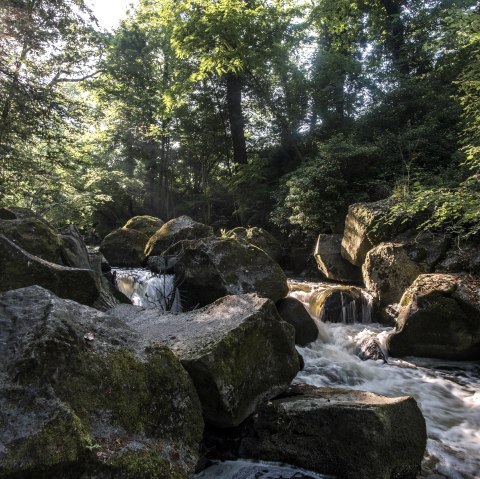Trasshöhlen
Burgbrohl
A scorching mixture of lava particles and gases shot into the atmosphere at intervals. Every time the eruptive column collapsed, the material raced through the surrounding valleys like on an air cushion - ash and lava particles filled the valleys up to 60 meters high. The once loose materials from the glowing avalanche have caked over time to form a rock that is called “trass” in our region.
Even the Romans dismantled trass in the Brohl valley and used it to build houses, among other things. Finely ground, it produces a mortar with the addition of lime and water, which hardens even under water. It is obvious that it was the Dutch who had been promoting mining in the Brohl valley since the 16th century, because Trass is ideal for building dikes and docks.
They were also the ones who gave the volcanic cement its name: "Tyrass" is Dutch and means "glue". The trass walls that you can see from here have been excavated and can be visited.
Because of their poor quality, they were no longer of interest for mining and are now an impressive testimony to the huge glowing avalanche that once filled the entire valley.













